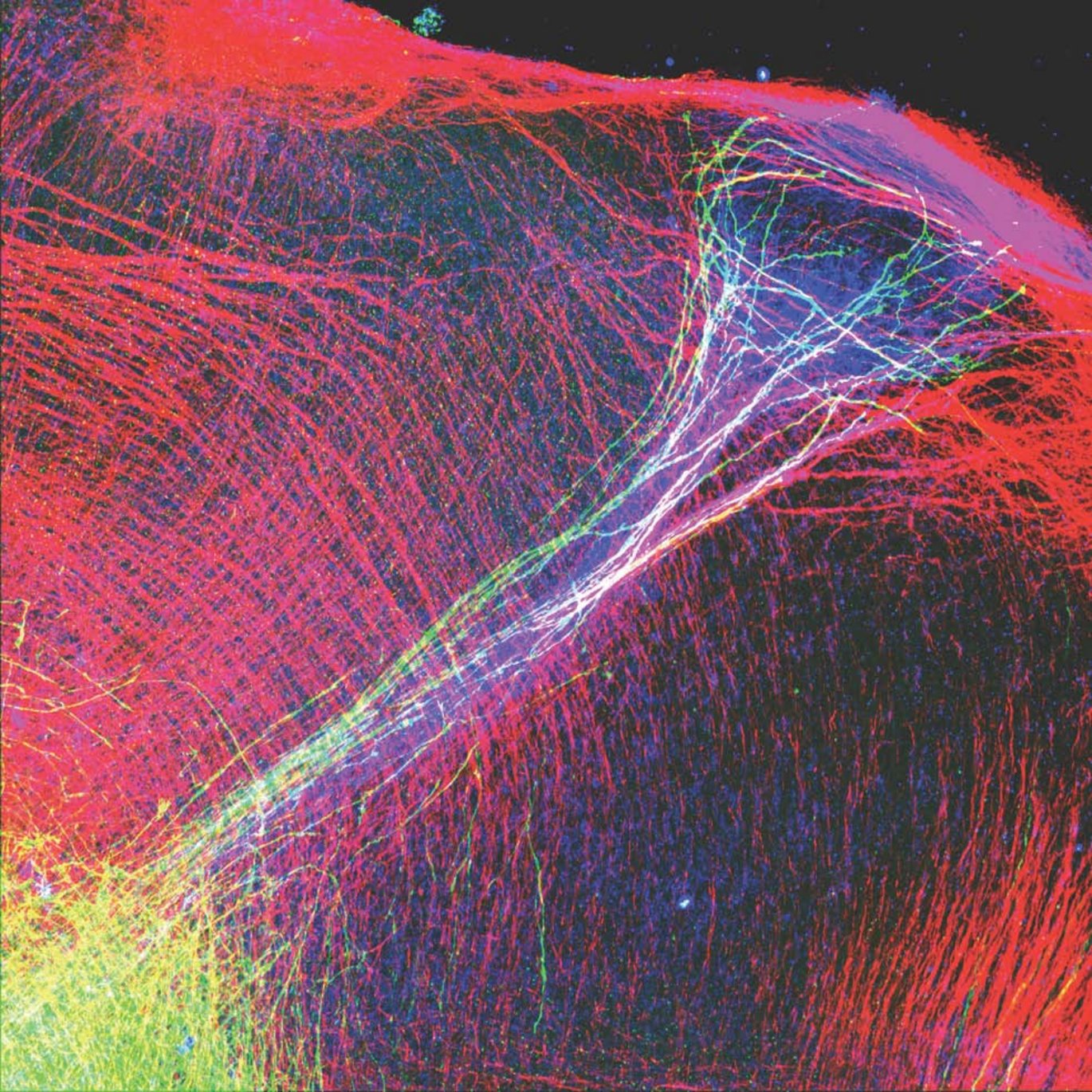New international research network receives 11.5 million Euro to study epilepsy
Newly formed European-led consortium working towards new understanding and treatment breakthroughs for epilepsy receives 11.5 Million funding by European Union. Jørgen Kjems from the Department of Molecular Biology/iNANO is head of the research group from Aarhus participating in the consortium.


Over 50 million people across the world have epilepsy, making it the most common serious neurological disorder for which there is no cure. The causes for epilepsy are insufficiently understood with currently available treatments being sub-optimal and with a significant proportion of patients not responding. Recent discoveries have identified a new type of molecule in cells called microRNA which may be critical to controlling the changes in brain chemistry that accompany the development and course of epilepsy. The EpimiRNA Consortium represents a major interdisciplinary effort between epilepsy researchers, geneticists, clinicians, experts in advanced molecular sciences and
research-active companies working together to understand molecular mechanisms, diagnostics and developing novel microRNA-based therapeutics to prevent the development of epilepsy, the occurrence of seizures or reverse epilepsy once established.
The Consortium is coordinated by Professor David Henshall, Royal College of Surgeons in Ireland with Professor Felix Rosenow at Philipps University Marburg (Germany) as Co-coordinator
The research groups of Jørgen Kjems from Aarhus University and Professor Jens Andersen from University of Southern Denmark are the only Danish participants in the consortium.
The project is funded by the European Union's ‘Seventh Framework’ Programme for the period September 2013-August 2018.
Further background of the project
Epilepsy is a major burden for patients and health systems worldwide. It is a common chronic neurological disorder affecting people of all ages, and the shortfall in existing treatments means that 30% of patients continue to suffer uncontrolled seizures. MicroRNAs (miRNA) are a recently-discovered, network-level layer of gene expression regulation that controls protein levels of entire signaling pathways. Research on miRNAs has unprecedented potential to (i) further our understanding of the underlying disease processes, (ii) deliver novel signatures and prognostic markers for response to therapy, and (iii) deliver novel therapeutics and drug targets. EpimiRNA consortium members have pioneered discoveries on brain-specific miRNAs, established that miRNA changes are a feature of the pathophysiology of human temporal lobe epilepsy and have demonstrated experimentally that altering miRNA function can potently suppress epileptic seizures and seizure-damage.
EpimiRNA brings together experts on the neurobiology of miRNAs with the leading researchers working on miRNAs in epilepsy, epilepsy geneticists, leaders in miRNA-target detection, proteomics, and systems biology with research-intensive SMEs pursuing miRNA therapeutics and treatments for pharmacoresistant epilepsy.
Through highly collaborative, inter-disciplinary and inter-sectorial research, EpimiRNA will explain the mechanism by which miRNAs contribute to epileptogenesis, characterize genetic variation of miRNA in patients, evaluate seizure-suppressing effects of miRNAs in experimental models, identify novel miRNA modulatory molecules as potential future therapeutics, and develop miRNAs as prognostic markers to identify patients who respond to novel, non-pharmacological therapeutic interventions including brain stimulation. EpiMiRNA will generate the necessary critical mass in biomedical, clinical and industry/SME research to track, treat and prevent seizures and improve the clinical management of epilepsy patients.
The challenge of epilepsy
Epilepsy is the most common serious neurological disorder, for which there is no cure. The disease is characterized by recurring, unprovoked seizures and there are 6 million people with active epilepsy in Europe and 300.000 further cases each year. The costs are estimated at nearly €14 billion a year in the EU. Temporal lobe epilepsy (TLE) being the most common syndrome in adults can develop as a result of brain trauma, infection, status epilepticus (prolonged seizure) or other brain insults, and is frequently associated with hippocampal pathology (hippocampal sclerosis; HS). People with epilepsy have a 2–3 fold increase in mortality, experience high levels of unemployment and are exposed to stigma and prejudice. Moreover, epilepsy – particularly when poorly controlled by medication – not only damages health, but disrupts many other aspects of living, imposing very significant physical, psychological and social burdens on individuals, families and caregivers.
The importance of understanding epileptogenesis
Epileptogenesis is the process underlying the transformation of a normal brain to one capable of generating epileptic seizures. An emerging consensus is that the failure to identify better therapies is due to a lack of understanding of the epileptogenic process and the inability to use that knowledge to drive drug discovery. We must, therefore, tackle the complex patho-mechanisms of epileptogenesis. Significant progress means we are beginning to understand many of the cell and molecular mechanisms, particularly in TLE+HS. This has come from hypothesis-driven research, as well as transcriptomics (analysis of all protein-coding transcripts) and proteomics (analysis of all proteins). Epileptogenesis involves wide-spread changes, including alterations to synaptic function, ion channels, neurotransmitters, and neuropeptides. It is accompanied by glial dysfunction, neuroinflammation, extracellular matrix reorganization, and loss of neurons. Nevertheless, our understanding of the driving forces behind these epileptogenic processes is far from complete.
miRNAs: new ways for understanding, predicting and curing epilepsy
MicroRNA (miRNA) is a unique class of non-coding RNA, critical for network-level regulation of gene expression. By fine-tuning protein output of multiple targets within a given signaling pathway, miRNA has unprecedented potential to explain human disease. Due to their endogenous function and in vivo stability, miRNAs are also important new targets for drug development. Targets of miRNAs often cluster within the same signaling pathway, which is potentially very important in epileptogenesis. In the brain, miRNA controls synaptic strength, ion channel levels, neuroinflammation, apoptosis and glial function; all these processes are dysregulated in epileptogenesis. Breakthrough discoveries have already shown miRNAs are novel contributors to the pathogenesis of TLE, and that targeting miRNAs can prevent seizures. Unique miRNA profiles in biofluids accompany seizures in animal models, suggesting miRNAs may also be valuable biomarkers of epileptogenesis in humans. There is a compelling need to now undertake a systematic investigation of the patho-physiological contribution and therapeutic potential of miRNAs in TLE.
More information
Professor Jørgen Kjems
Department of Molecular Biology and Genetics/iNANO
Aarhus Universitey, Denmark
jk@mb.au.dk – +45 2899 2086
